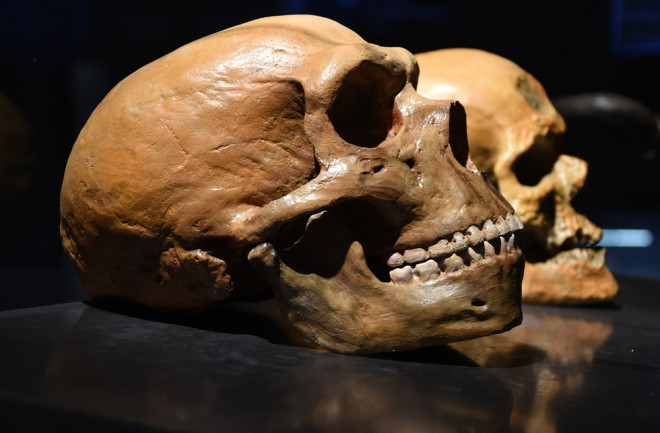If you met a Neanderthal, the first thing you might notice is that your hominin cousin was a bit shorter than your average human.
Neanderthal vs Homo Sapiens: How Are Neanderthals Different From Humans?
Based on fossils and artifacts, archaeologists try to understand the differences between Neanderthals and Homo sapiens.
May 5, 2020 3:00 PMJul 12, 2023 2:51 PM

(Credit: Petr Student/Shutterstock)
Newsletter
Sign up for our email newsletter for the latest science news
0 free articles left
Want More? Get unlimited access for as low as $1.99/month
Stay Curious
Sign up for our weekly newsletter and unlock one more article for free.
View our Privacy Policy
Want more?
Keep reading for as low as $1.99!
Already a subscriber?
Find my Subscription
More From Discover
Stay Curious
Subscribe
To The Magazine
Save up to 40% off the cover price when you subscribe to Discover magazine.
Copyright © 2025 LabX Media Group
